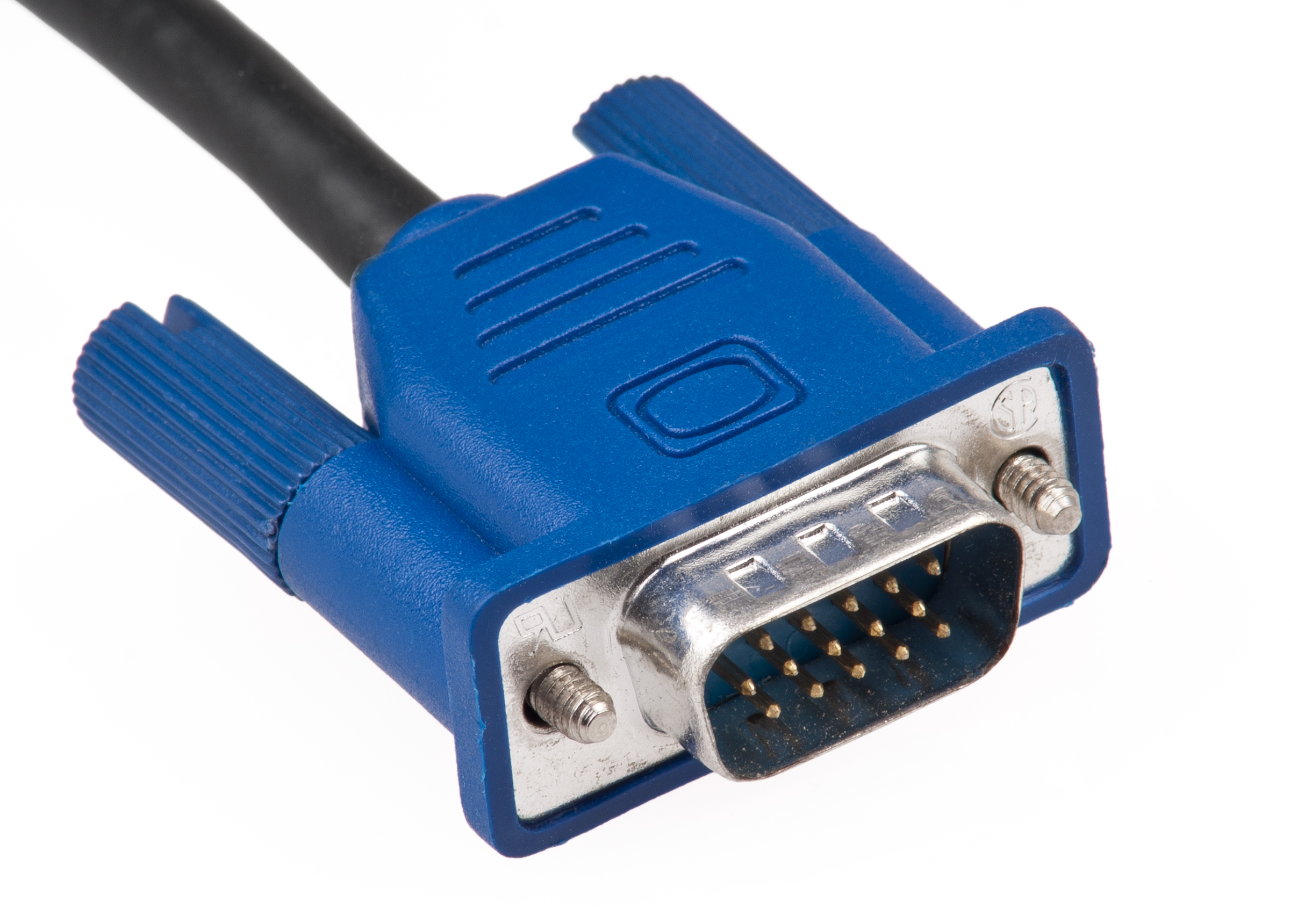Fiber Optic Transmission can Carry 25
페이지 정보

본문
A study of these demonstrations of radio, with scientists trying to work out how a phenomenon predicted to have a short range could transmit "over the horizon", led to the discovery of a radio reflecting layer in the Earth's atmosphere in 1902, later called the ionosphere. Building on the ideas of previous scientists and inventors Marconi re-engineered their apparatus by trial and error attempting to build a radio-based wireless telegraphic system that would function the same as wired telegraphy. Telegram services were not inaugurated until electric telegraphy became available. The average length of a telegram in the 1900s in the US was 11.93 words; more than half of the messages were 10 words or fewer. A more practical demonstration of wireless transmission via conduction came in Amos Dolbear's 1879 magneto electric telephone that used ground conduction to transmit over a distance of a quarter of a mile. Pressing another key would then release the pointer and the previous key, and re-connect the magneto to the line. As an example, what is electric cable to adjust the flow of AC power on a hypothetical line between Seattle and Boston would require adjustment of the relative phase of the two regional electrical grids.
A wide area synchronous grid, known as an interconnection in North America, directly connects generators delivering AC power with the same relative frequency to many consumers. Power is supplied to moving trains with a (nearly) continuous conductor running along the track that usually takes one of two forms: an overhead line, suspended from poles or towers along the track or from structure or tunnel ceilings, or a third rail mounted at track level and contacted by a sliding "pickup shoe". Preece first noticed the effect in 1884 when overhead telegraph wires in Grays Inn Road were accidentally carrying messages sent on buried cables. According to another study, the mean length of the telegrams sent in the UK before 1950 was 14.6 words or 78.8 characters. Historically, telegrams were sent between a network of interconnected telegraph offices. At their peak in 1929, an estimated 200 million telegrams were sent. As telegrams have been traditionally charged by the word, messages were often abbreviated to pack information into the smallest possible number of words, in what came to be called "telegram style". Where telegram services still exist, the transmission method between offices is no longer by telegraph, but by telex or IP link.
Telex development began in Germany in 1926, becoming an operational service in 1933 run by the Reichspost (the German imperial postal service). Telex (telegraph exchange) was a public switched network of teleprinters. It used rotary-telephone-style pulse dialling for automatic routing through the network. Australia was first linked to the rest of the world in October 1872 by a submarine telegraph cable at Darwin. US inventors William Henry Ward (1871) and Mahlon Loomis (1872) developed electrical conduction systems based on the erroneous belief that there was an electrified atmospheric stratum accessible at low altitude. Earlier optical systems were largely limited to official government and military purposes. Both electrostatic and electromagnetic induction were used to develop wireless telegraph systems that saw limited commercial application. However, his induction system required extensive lengths of antenna wires, many kilometers long, at both the sending and receiving ends. Tests in Newcastle succeeded in sending a quarter of a mile using parallel rectangles of wire. The length of those sending and receiving wires needed to be about the same length as the width of the water or land to be spanned.
This led to speculation that it might be possible to eliminate both wires and therefore transmit telegraph signals through the ground without any wires connecting the stations. NEMA 10s are classified as 125/250 V non-grounding (hot-hot-neutral), and were designed to be used in a manner that indirectly grounds the appliance frame to the neutral, which was common before the requirement of a separate safety ground was incorporated in the National Electrical Code. The neutral blade on 5-15P plugs is not always wider than the line blade, since the ground pin enforces polarity. Many plugs manufactured since 1948 are polarized; the neutral blade is 5⁄16 in or 7.9 mm wide, 1⁄16 in or 1.6 mm wider than the line blade, so the plug can be inserted only one way. D. W. M. Latimer FIEE (2007), History of the 13 amp plug and the ring circuit, London: IET. The successful development of radiotelegraphy was preceded by a 50-year history of ingenious but ultimately unsuccessful experiments by inventors to achieve wireless telegraphy by other means. After many breakthroughs, including applying the wired telegraphy concept of grounding the transmitter and receiver, Marconi was able, by early 1896, to transmit radio far beyond the short ranges that had been predicted.

- 이전글Прl 24.09.27
- 다음글Instant Solutions To Kanye West Poster In Step by Step Detail 24.09.27
댓글목록
등록된 댓글이 없습니다.
